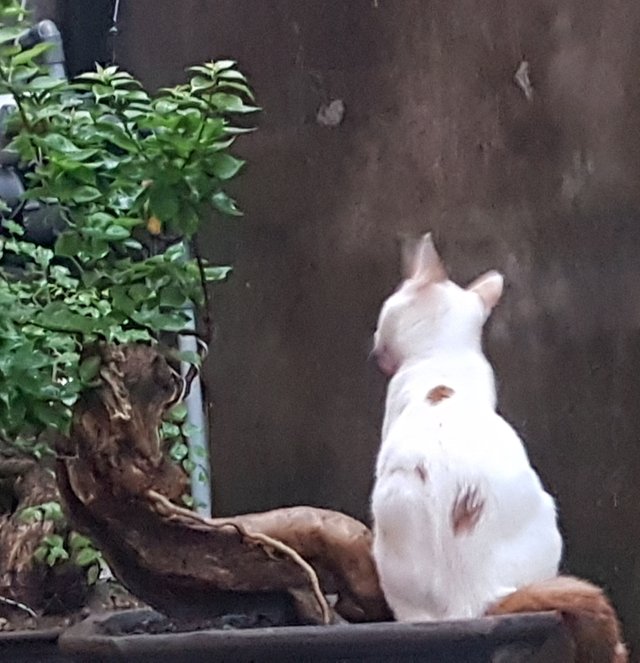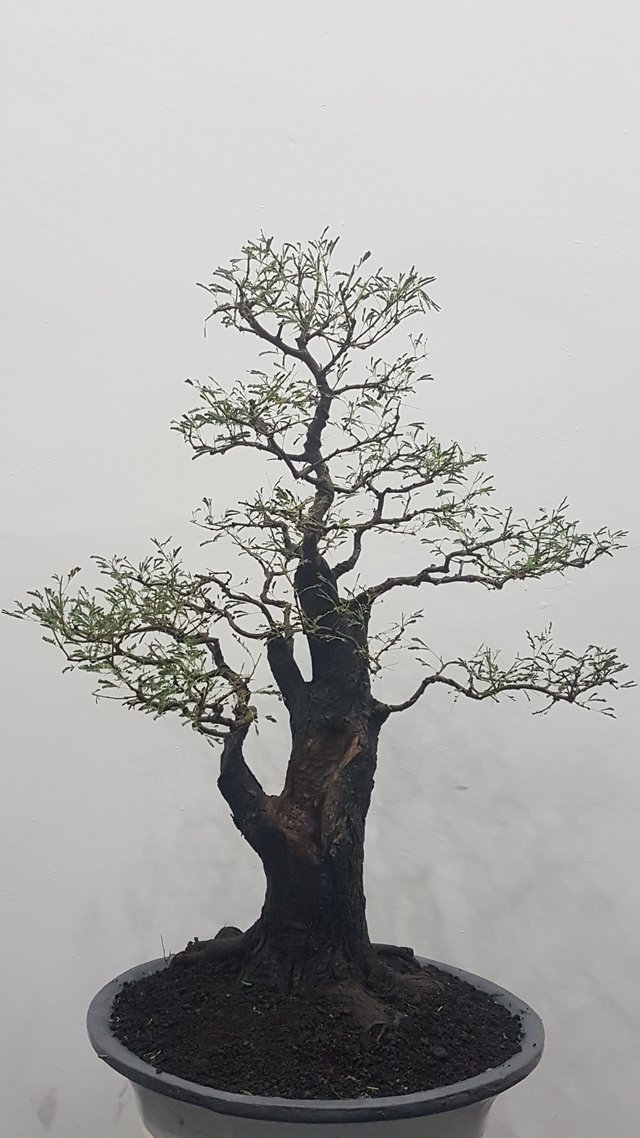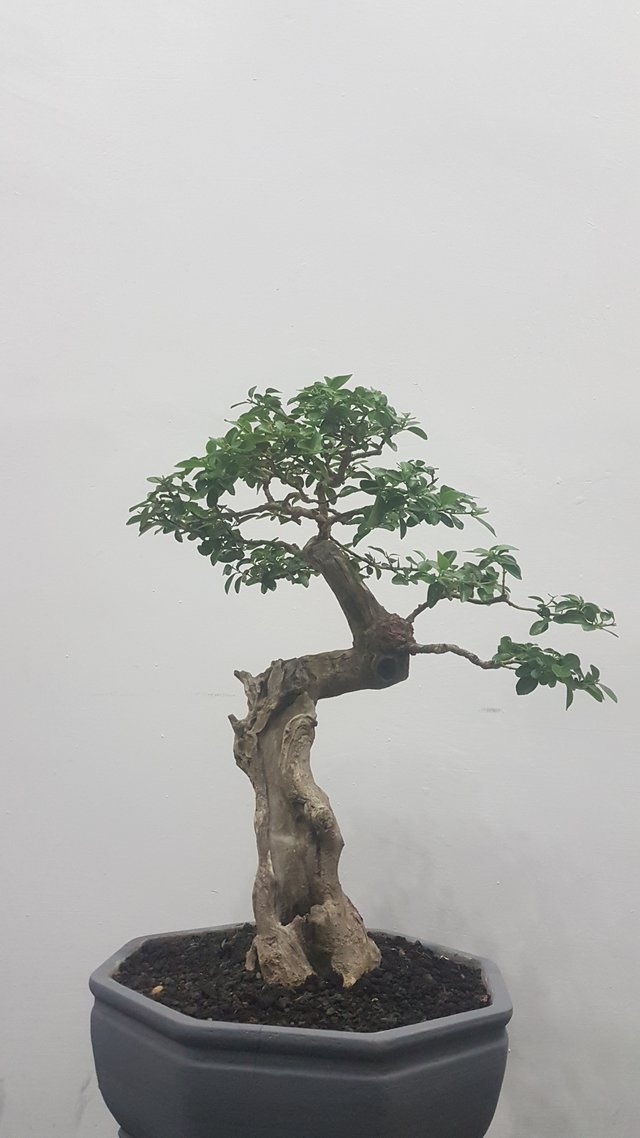THE ART OF BONSAI
Hello Everyone
Greetings from me @irwanumpal. On this occasion I will share about things related to the world of plants, especially Bonsai.For many, bonsai creates Asian shadows and ideas from lucid practice that take a lifetime
to master. the reality is very different: bonsai is a truly international open art form
for all those challenging combinations of technique, artistry, and horticultural abilities that allow you
to create living works of art that will potentially last longer than your own time on earth.
it is generally accepted that bonsai originates from China, and it is generally accepted that bonsai originates from China, and there is evidence of plants cultivated in containers in Babylonian times.
But here it is important that a definition needs to be made: every plant growing in a pot cannot be considered a bonsai. Before digging into the history of bonsai, we must first see what is bonsai in the modern era.
What is bonsai?

The definition of bonsai can be understood from the etymology of the word
alone. In Japanese "bonsai" is written as two words or character: the first, "bon," means tray or container;
second, "sai," means planting. So potted plants can called bonsai- but there is a big difference between houseplants
young in plastic pots and pine trees from six hundred years, grown in a four hundred year old Chinese antique container.
The main difference between potted plants and bonsai is art
in influencing humans. Bonsai are made, shaped, and nurtured to represent nature's ideal. horticulture
Origin early

it is generally accepted condition that bonsai starts it is generally accepted that bonsai starts
in China. Known as pen t'sai, there is evidence in China. Known as pen t'sai, there is evidence in China. Known as the pen t'sai, there is evidence training and cultivation of containers for give Japanese prints, like the one this one came from 1780-1820, revealed bonsai is a form established.
It depicts two women and a servant their men admire the vending plant tree. artistic and metaphysical tree value in Chinese painting from the Sung period (960-1279), where pen t'sai depicted pen t'sai depicted as a hobby of the rich new. account previously bonsai from 6th century also exists, and may spread bonsai to Japan at the moment
this, along with cultural ideas and other religions like as Tendai and Zen Buddhism.

In the 14th century there was evidence rm bonsai in Japanese culture: in one scroll, Kasuga rm bonsai in Japanese culture: in one scroll, Kasuga Gongen Genki painted by Takashina Takakane (1309), Gongen Genki's potted tree painted by Takashina Takakane (1309), potted tree depicted in the garden of the rich patron. A number of other sources from
this time includes poetry, essays, and Noh theater drawings of the same now bonsai.
Thanks for reading.